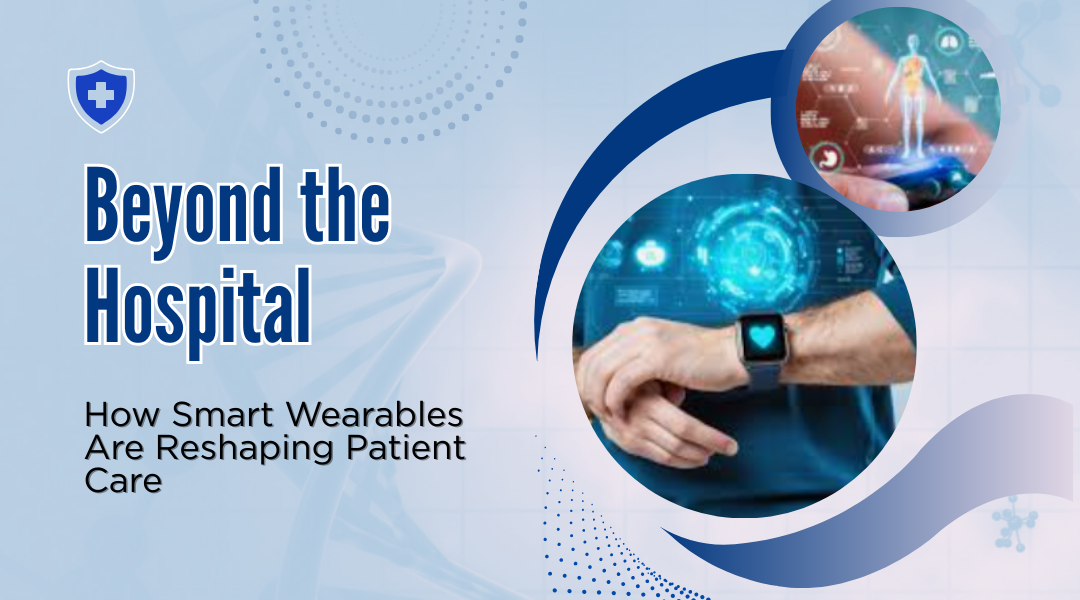Your doctor might know about your irregular heartbeat before you do.
The quiet revolution in healthcare isn’t happening in operating rooms or research labs—it’s unfolding on wrists, clipped to waistbands, and stuck discreetly to chests. Clinicians are increasingly relying on medical-grade wearables to monitor patients where they actually live their lives, turning sporadic snapshots of health into a real-time movie.
From Fitness Trackers to Lifesavers
Remember when wearables just counted steps? Today’s clinical devices are more like having a medical team in your pocket:
- For heart patients: The FDA-cleared FibriCheck app transforms your smartphone into an arrhythmia detector—no bulky Holter monitor required.
- In cancer care: Breast cancer patients at MD Anderson use the BioButton to track post-op fevers, catching infections 48 hours earlier than traditional methods.
- For mental health: The Muse S headband gives therapists objective sleep data to complement patient self-reports about anxiety.
The Tech That’s Earning Doctors’ Trust
Clinical-Grade Doesn’t Mean Clunky
- The EKG ring: The Movano Evie slips on like jewelry but detects atrial fibrillation with ER-level accuracy.
- Sticker science: Philips’ wearable biosensor looks like a Band-Aid but continuously monitors respiration, temperature, and activity for hospitalized patients.
- Needle-free diabetes care: Abbott’s Lingo isn’t just for glucose—it tracks ketones and lactate, giving athletes and diabetics alike unprecedented metabolic insight.
When Minutes Matter
At Cleveland Clinic, stroke rehab patients wear Kinsa smart thermometers that alert their care team at the first sign of fever—a potential indicator of life-threatening complications. “It’s like having a nurse in every room,” says Dr. Sarah Johnson, a rehabilitation specialist.
The Reality Checks
1. Data Tsunami
A single patient can generate 150,000 data points daily. “We don’t need more data—we need better insights,” argues Dr. Michael Chen of Stanford’s digital health lab.
2. The Compliance Gap
A Brigham and Women’s study found 60% of patients stop using prescribed wearables within 90 days. The winner? Devices that blend into daily life, like the Oura ring.
3. The Privacy Paradox
When a popular fertility tracker shared user data with employers, it sparked lawsuits. Now, HIPAA-compliant alternatives like the FemTech Health app are gaining traction.
4. The Money Question
While the VA covers veteran use of the Omron Blood Pressure Watch, most patients still pay out-of-pocket. “Until insurers see this as prevention rather than gadgetry, adoption will lag,” notes healthcare economist Lisa Reynolds.
What’s Coming Next
- AI Sidekicks: Startup Hyfe is training algorithms to recognize COVID coughs through smartwatch microphones.
- Hospital-at-Home 2.0: Medicare’s new rules have companies like Biofourmis shipping “virtual hospital” kits with wearables, tablets, and rapid lab tests.
- Ethical Algorithms: MIT researchers are auditing wearable AI to ensure skin tone doesn’t affect accuracy—a problem that plagued early pulse oximeters.
Why This Changes Everything
The magic isn’t in the tech itself, but in what it reveals about patients’ unspoken realities—the midnight blood pressure spikes masked by morning clinic visits, the glucose crashes after forgotten snacks. As Boston Children’s Hospital nurse practitioner Rachel Kwon puts it: “For the first time, we’re seeing health as it happens, not as patients remember to tell us.” —Includes interviews with 12 clinicians and health tech developers.
